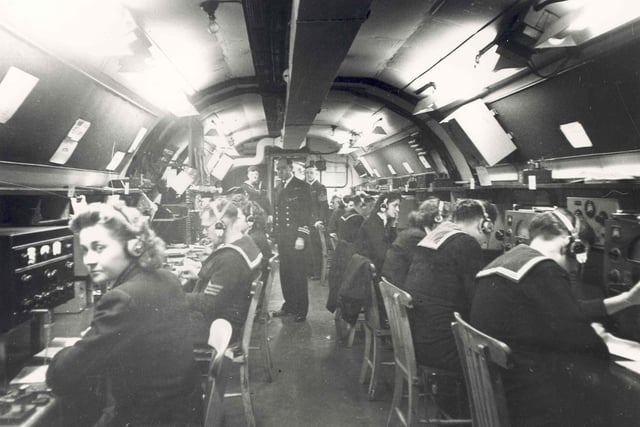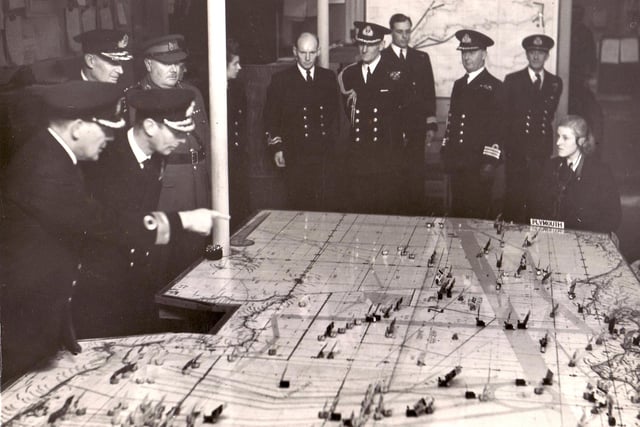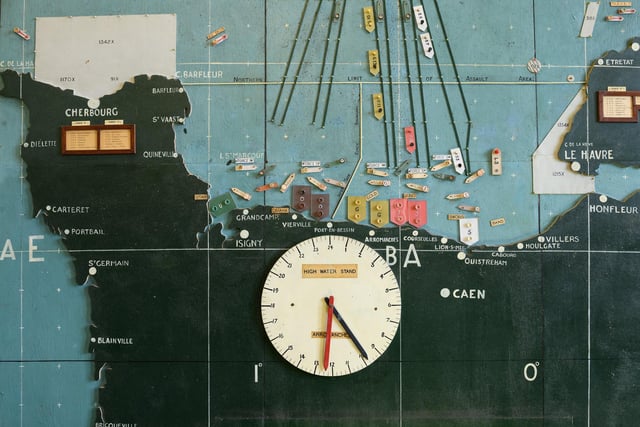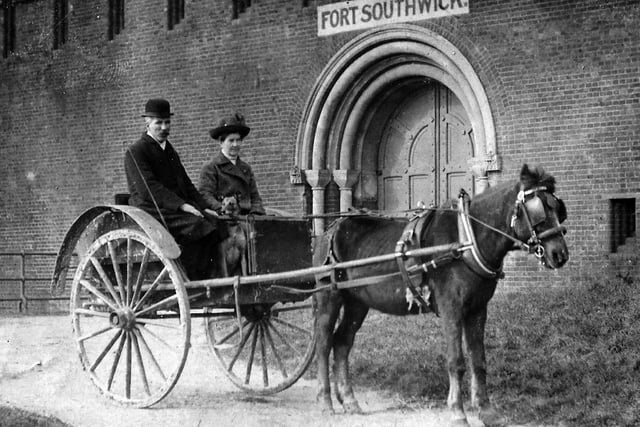A huge underground bunker, known as UGHQ, was built in 1942 underneath the Victorian-built Fort Southwick. It housed the operations centre which coordinated the D-Day Landings on the beaches of Normandy and supporting airborne operations on June 6 1944, which turned the tide of the war against the Nazis.
The labyrinth of tunnels was the home of 700 men and women of the Royal Navy, Army, RAF and Allied nations who worked on Operation Neptune - the naval phase of the D-Day operation. It also has a direct link to the nearby Southwick Park where Supreme Commander General Eisenhower was based in the weeks leading up to D-Day itself.
The dedicated personal in the operations room processed the key information which gave Eisenhower the latest situational information on the Normandy Beaches and English Channel which was key in the planning of the operations. The wall map at Southwick House – on which the work of the staff at UGHQ was based – can still be viewed by the public today by appointment only.
Many of the tunnels can still be seen today in special tours including one organised by Hidden History taking place on July 1 and the D-Day Story museum in Southsea also features the work of those who worked at Fort Southwick.
The Fort's connection to the D-Day story has kept it front and centre of our city’s history, however originally it was built to defend the landward approaches to the naval base on the recommendation of the Royal Commission on the Defence of the United Kingdom which reported in 1860.
Construction was started in 1861 and completed by 1870 and it was designed to house a large complement of men in a crescent-shaped barrack block and armed with 23 guns. It also holds the water storage tanks for the other fort along the hill and, being the highest on the hill, supplies them via a brick lined aqueduct.
Although disarmed in 1906, the fort was retained by the military as a barracks, and also used to train soldiers how to capture and hold a fort and became a demobilisation centre for three years after the First World War. The fort was part of the Admiralty Research Establishment until 2002, when all operational use of the fort ceased.
The site is now operated by an estate management company as a business park with a number of different companies operating from the site - including for a park and ride site for staff working at QA. It has been a Grade I Listed Building since 1987 and it is one of a number of buildings which are in the Portsmouth area deemed to be ‘at risk’ by Historic England.


2. D Day plotting room
The information which was gathered by the personnel working underground at Fort Southwick was fed to the D-Day plotting room Photo: -

3. Original planning map
The landing sites in France shown in the Map Room (Photo by Leon Neal/Getty Images) Photo: Leon Neal

4. Victorian Fort
A turn of the 20th century photograph believed to be owner of Southwick Estate - a member of the Thistlwayte family outside the Victorian Fort. Photo: Barry Cox postcard collection Photo: -